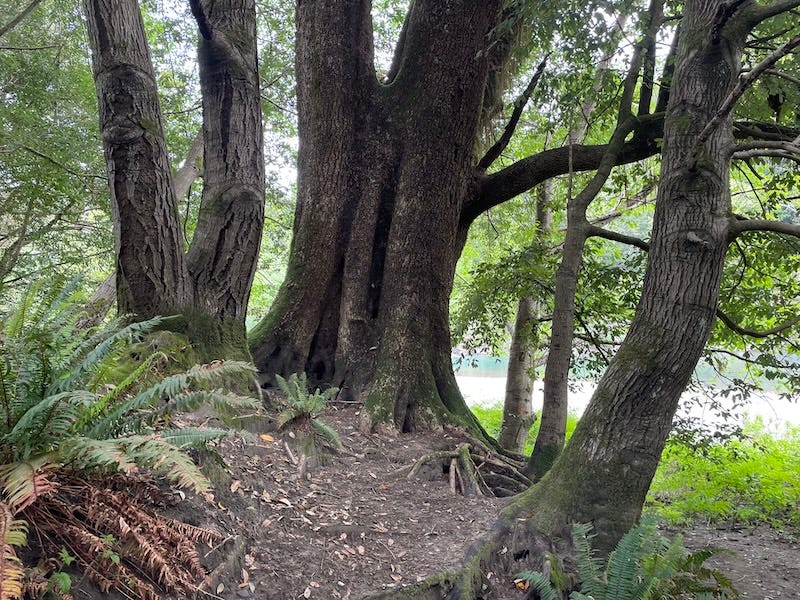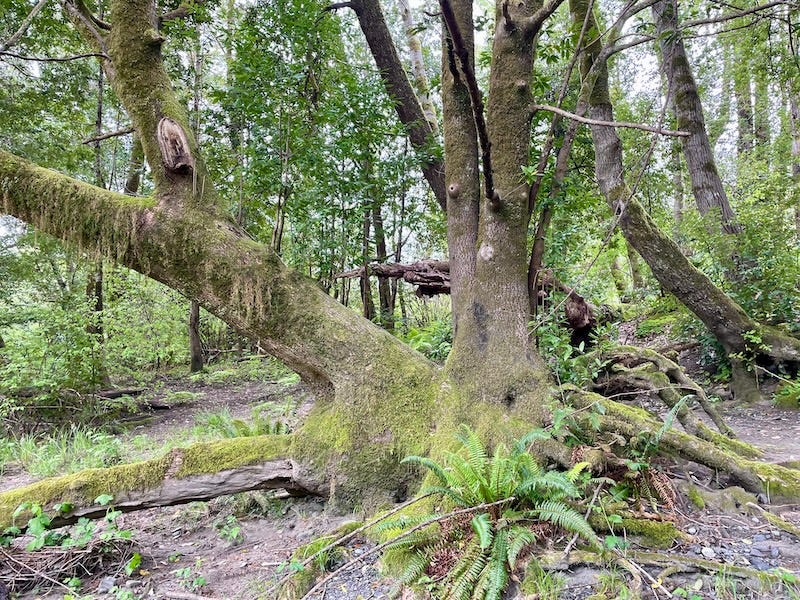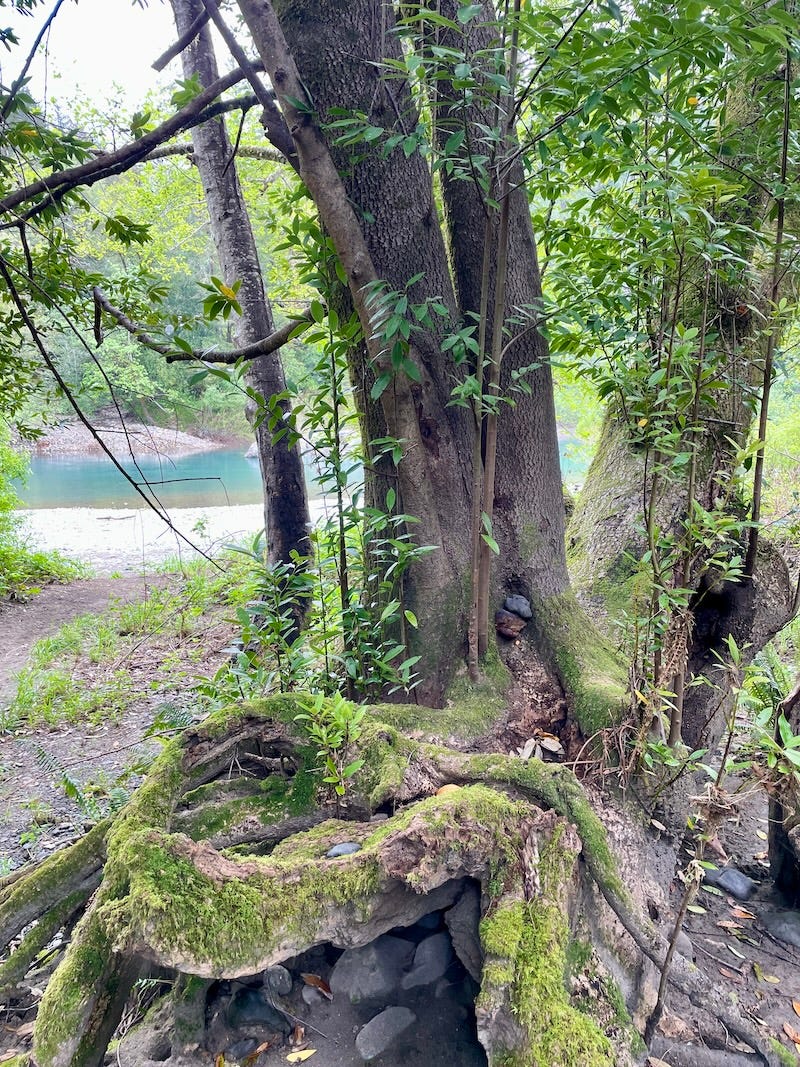The windows and doors are open. The breeze blows through our space, tossing about the papers on my messy desk. The joy is the sound of the house wrens who have returned to their longtime nest in the siding of our house. Not ideal from the house’s perspective, but I am not going to evict a family that sings so sweetly.
When I was a child, we moved a lot; as a result, I wrote a lot of letters to all the friends I’d left behind. The on-ramp to my letters (after the salutation) was always: “How are you? I am fine.” At which point, I would move on to tell the recipient about the latest in my life. After hitting puberty and all the melodrama that went along with it, I am sure that after the “I am fine” I proceeded to complain about all the things that felt like they didn’t make sense.
Today, as I want to begin my brain feels like I need to orient you in time with “a month ago…” just as I did the last post when I started a few weeks ago. As I tried to think of another way to start, it occurred to me that putting my missives in the when seems to be my go-to now. And because spring is busy and full in the way that it is, I have a lot of things I want to write about that are drifting further back in time. (I haven’t forgotten about promising Pu’er tea…)
For now, I want to take you to a spot on the Chetco River about eight miles upstream from where the fresh water dumps into the Pacific along the southern Oregon coast. In this spot there is a small grove of wild and old California Bay Laurel trees, or Oregon Myrtle trees, as they are called on this side of the border. Names that come from their resemblance to the laurel and myrtle trees of the Mediterranean. These trees, Umbellularia Californica, are in the Lauraceae family with the true bay laurel (Laurus nobilis) of the Mediterranean but are a different species with similar but distinct flavor profiles. Most notable is that the California laurels/Oregon Myrtles have a stronger flavor that some feel leans more toward eucalyptus-like flavors. And, unlike true laurels, the Umbellularia Californica is in the avocado family. The fruit, a photo of which can be found here, does indeed look like a tiny avocado.
It is also called pepperwood because the crushed leaves were used in place of black pepper. I learned this when a Yurok friend, Margo, shared a salve she’d made, calling it a pepperwood salve. She offered it as a salve for muscle and rheumatic pain. Native Californians also used the leaves for headaches, toothaches, and pest control. (Note: Current research tells us that California laurel contains the chemical umbellulone known to induce headaches.)
To avoid confusion when talking about these trees, I will use their scientific moniker even though I was introduced to them as myrtles and still call them that. As a teenager in Arizona, years before I met the tree, I was given a small turned wooden vessel made of myrtle wood. It held perfume, which I remember smelling awful in the way cheap perfume did in the 1980s. In Oregon, the wood is prized for its beauty and strength (harder than oak) and many objects, especially touristy ones, can be found made of this wood. We have a myrtle floor, which I love. The boards were salvaged from trees removed under power lines over 20 years ago. The wood is so expressive and I remember when we installed the floor carefully placing specific boards, like the one with a face like an owl, or the one that reminded me of a solar eclipse, where they would never be covered by furniture or rugs.

Why talk about Bay leaves? Because I use the leaves and flowers in fermentation, we can get to that in a bit, but if we are being honest, I wanted to bring you into this forest, a small remnant grove, where this tree is the dominant species. Imagine the scent of bay as it drifts through the forest, both woodsy and yet reminiscent of a delicious meal wafting through a home. An aroma both brought on by the warming of the day, and again at the end, when coolness settles and pushes that infused air back down into the forest.
This is a place where the trees are old—how old is hard to tell. The part we can see is the tree that grows above ground. Because this is an old-growth forest, some of these trees are so wide that it would take a few people to link hands to stretch around the diameter of thick brown bark carpeted with moss. These are said to be over 200 years old. Some trees stretch at impossible diagonal angles to reach the sun. Some trees have fallen. These prone trees have branches that reach straight up, creating new trunks in a row. But it is the smooth-barked thin waifs that grow in a “fairy-ring” that I am curious about. In their center is a rotting stump that is art, sculpted by weather, microbes, insects, and time, and a clue that these young trees are not young at all. They are the outward visible new growth of the organism; we can only guess at its age under the surface. I spent a morning, that began with a light rain under an indistinct, dull grey sky, drifting from one tree to the next. The color of the sky did not matter, as looking up mostly yielded the deep green undersides of the canopy, glossy with moisture, and not much sky at all. The moss, the newly unfurled leaves of the vine maples, the sword, bracken, and maiden hair ferns, the wood sorrel and every other plant contributed to the green, verdant glow of the forest. A glow that seemed to create its own light, with or without the sun’s appearance. When the sun did win out over the clouds, I only noticed because the scent of bay steamed off the moist leaves in a rush.
Keep reading with a 7-day free trial
Subscribe to Fermenting Change to keep reading this post and get 7 days of free access to the full post archives.








